Francesca Woodman was an American photographer who was surrounded by art from a young age – her father was a painter and her mother was a ceramicist. When she was 13, Woodman was given the camera which she used to create her first works. The archive of her work features over 800 black and white photographic prints, a large portion of these being self-portraits, each photograph carefully considered and choreographed in empty studio spaces and abandoned buildings. She sometimes would utilise pieces of furniture as props, along with using wallpaper and shadows to conceal herself. Woodman has stated, ‘I show you what you do not see – the body’s inner force. You cannot see me from where I look at myself.’

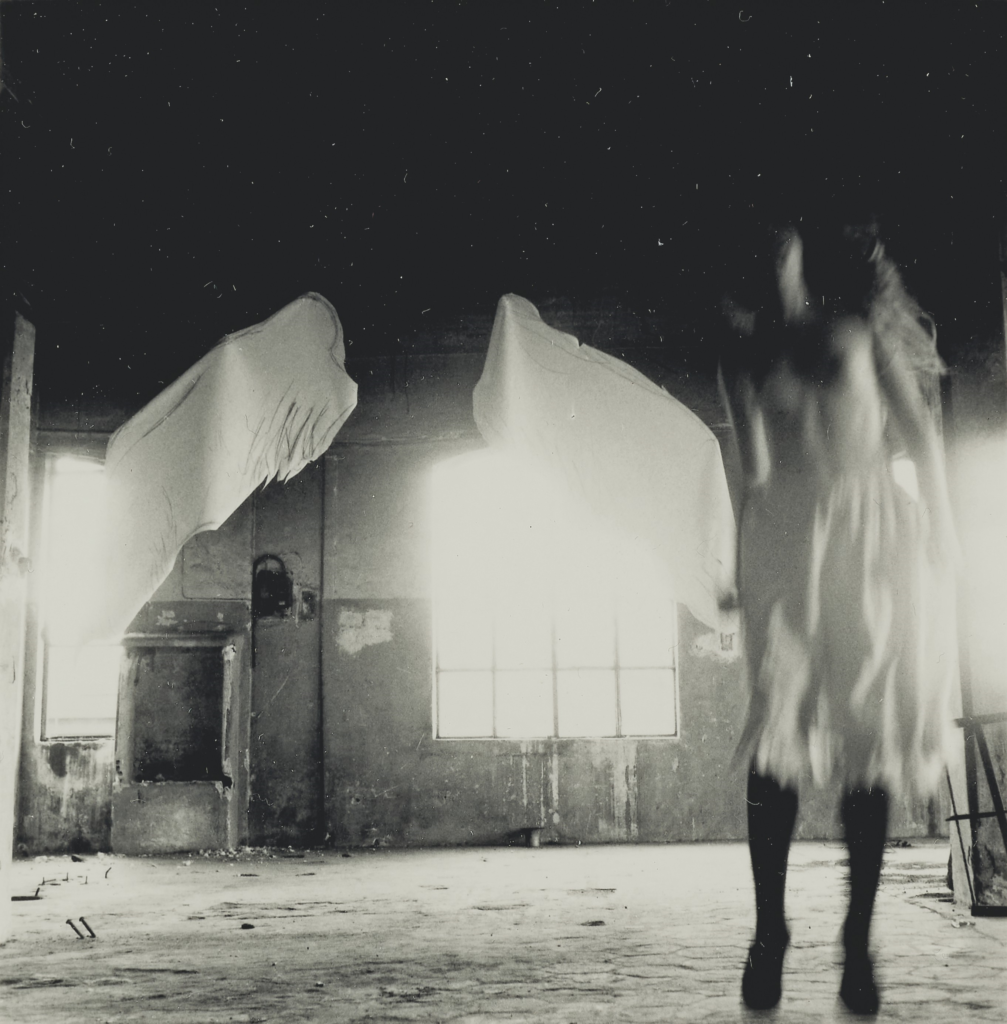
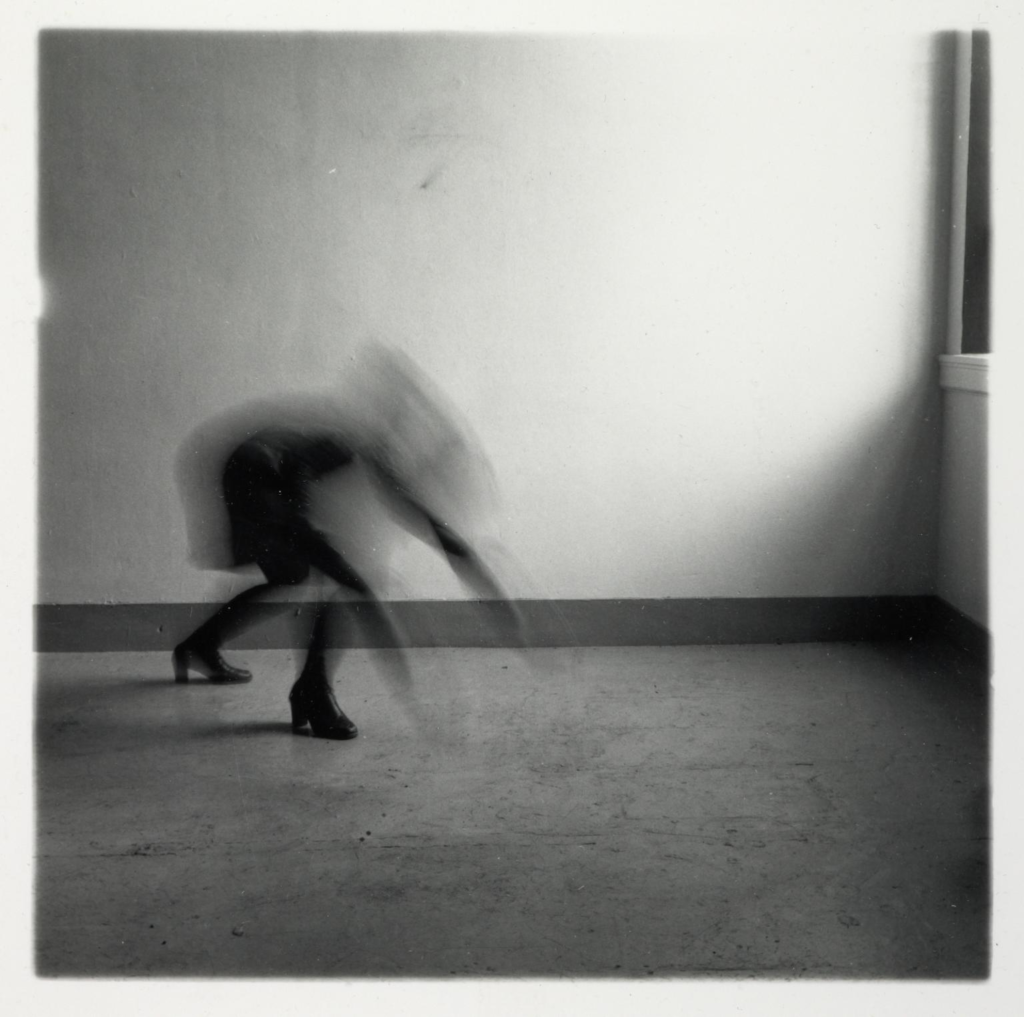
Francesca Woodman studied at Rhode Island School of design, where she developed her photographic style, often working in empty rooms, she stated, ‘I’m interested in the relationships that people have with space’. Woodman experimented with longer exposures, the dichotomy of her movements ranging from subtle to more drastic blurring of her figure. These were created by simple gestures such as shaking her head, creating mysterious and blurred proportions that contrast with the sharpness of surrounding details.
While studying in Rome, Woodman lived near a bookshop which specialised in surrealism, inspiring her to research artists associated with the movement. She embraced some of the characteristics of surrealism, such as dream-like compositions and chance.
Woodman’s use of Gothic tropes as a commentary on the photograph as a place of subjective confinement can be seen throughout her work. A critical version of Woodman’s work is Abigail Solomon-Godeau’s association of the House series (1976), ‘In these photographs the woman’s body is practically devoured by the house … Swallowed by the fireplace, layered over by the wallpaper, effaced, occulted, Woodman presents herself as the living sacrifice to the domus.’
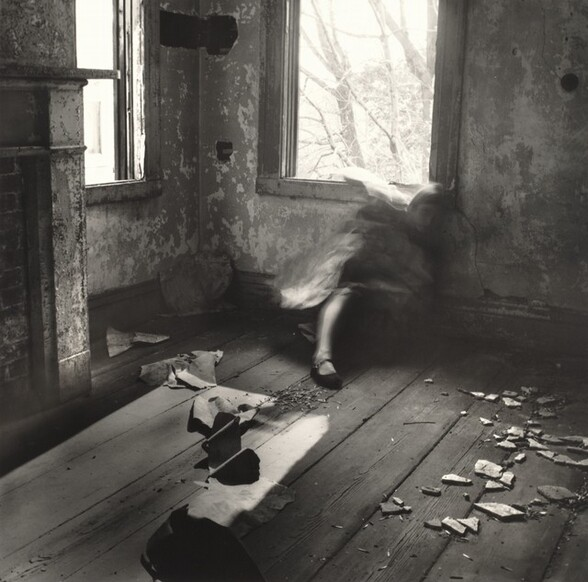


A look at Francesca Woodman’s exhibited work:
I had a look at Francesca Woodman’s prints at the Tate Modern, and I was specifically interested in the way she uses her surroundings as props to conceal herself and the movement in her photography, which I feel invites the viewer to question the way we see ourselves and are perceived by others.
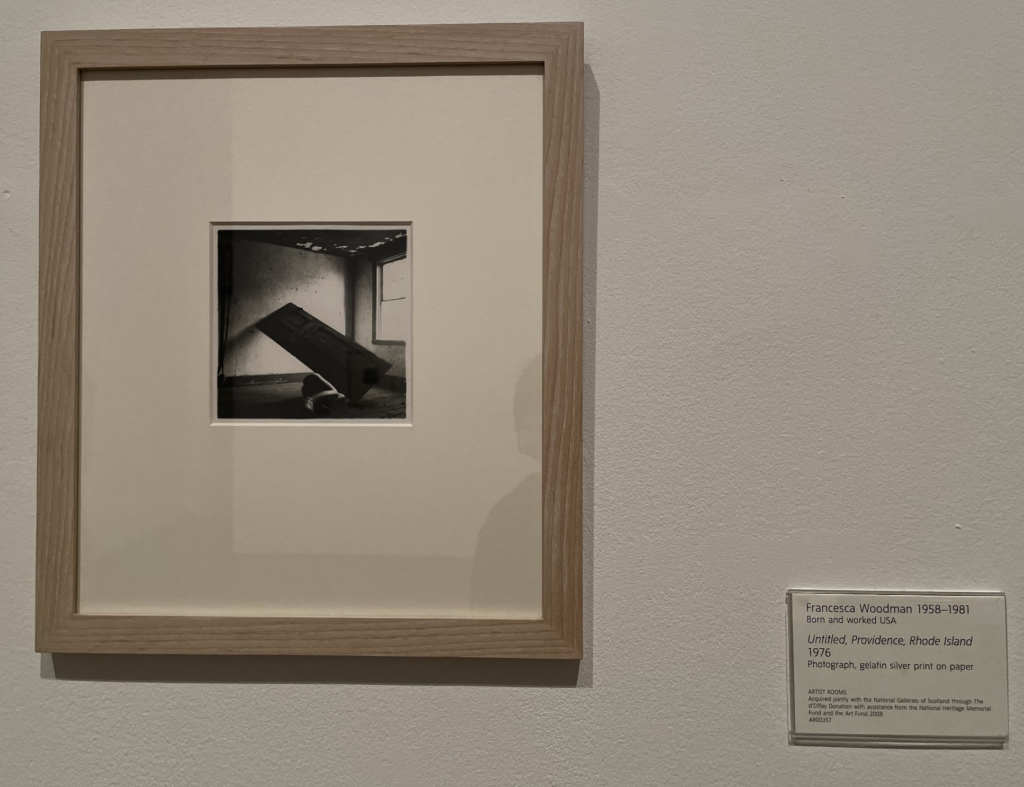
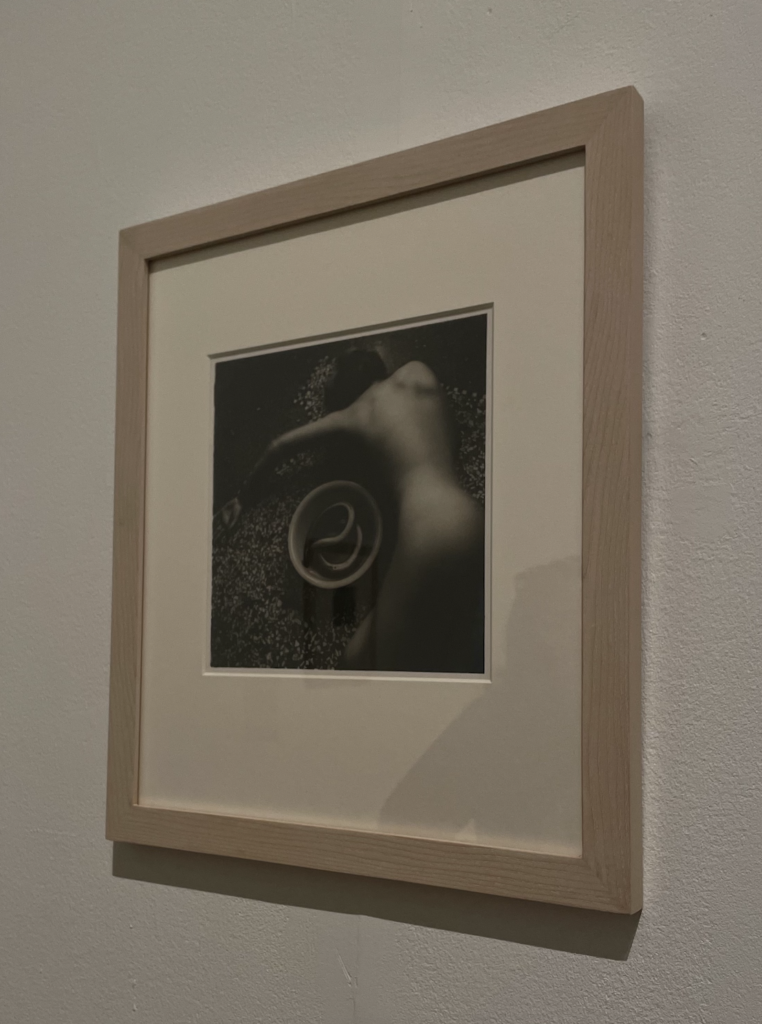
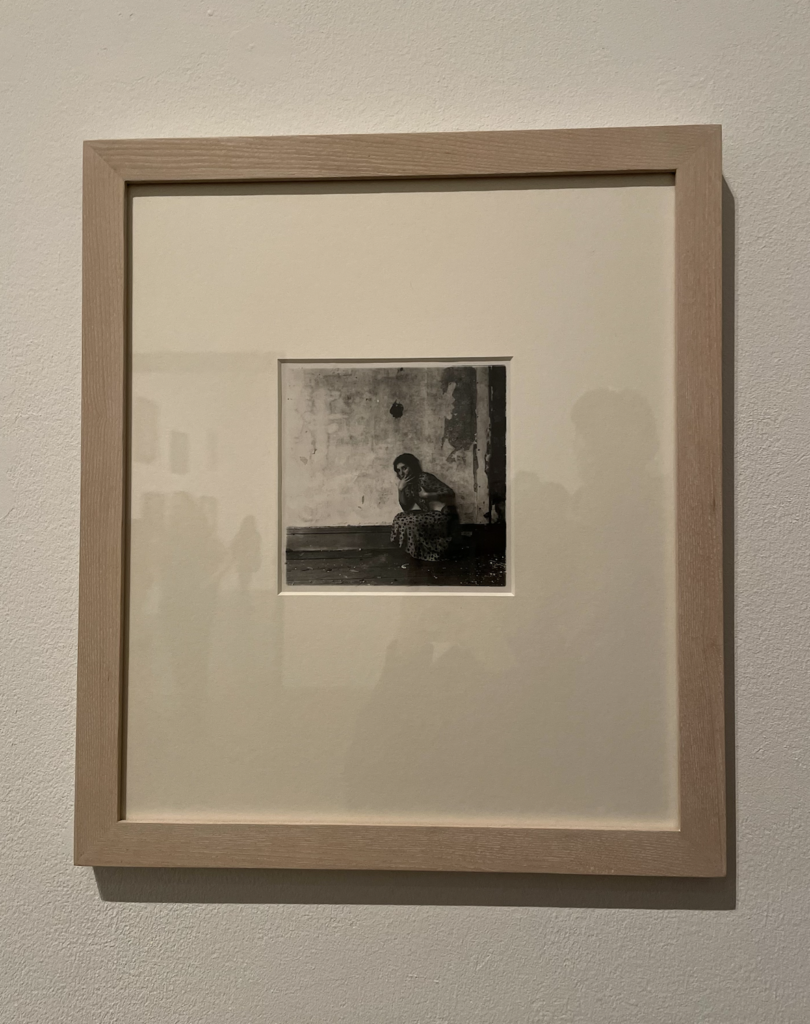


Tallulah, you must begin to produce blog posts that show new photoshoots, creativity and experimentation producing images in relation to your statement of intent and artists case studies. The first day of your exam is next Wed 2 April and you will use that day editing image and working toward final outcome(s)